“Overtourism” was nominated for “Word of the Year” in 2018, and after a lull in the pandemic era, the issue is back in the spotlight. This summer has already seen angry protests in a number of holiday destinations, calls for restrictions on Airbnb in Spain and cruise ships in Greece, and the introduction of tourist taxes in numerous cities.
Britain, of course, has its own nerve centres for overtourism, where outsiders far outnumber locals and many locals simply dread the arrival of summer. Here are a few to consider out of season.
Grasmere, Lake District – prosaically packed
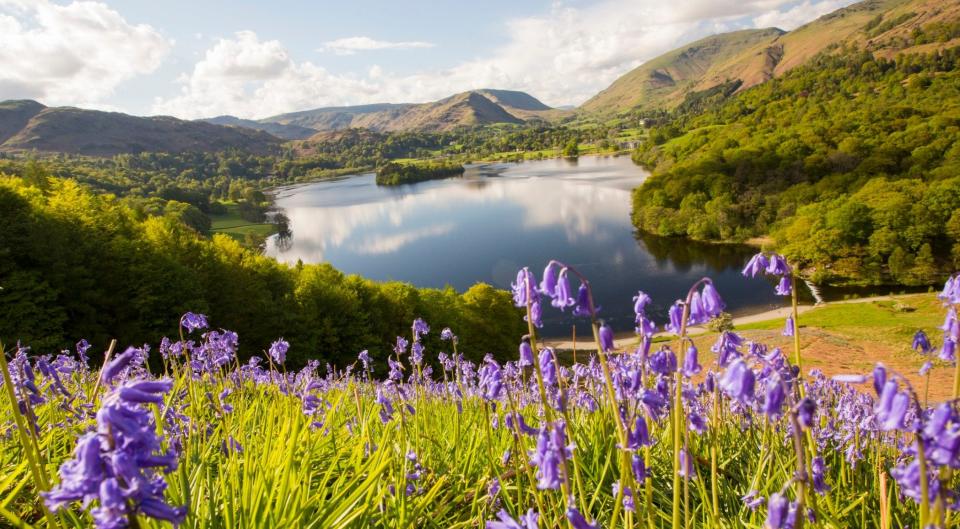
Daffodils are wilting. Not the Wordsworth effect. People continue to flock to this pretty Cumbrian hamlet at weekends – population 523 – in far greater numbers than the hordes who wander the nearby hills, vainly striving to be as lonely as clouds.
Dove Cottage is the magnet; the poet and his sister Dorothy – herself a gifted writer – lived there from 1799 to 1808 and were visited by the likes of Walter Scott, Thomas De Quincey, Charles and Mary Lamb and Robert Southey. The whitewashed stone house is very pretty. The garden-cum-orchard behind it has been restored to resemble the “homely mountain pass” the siblings lovingly created. Thomas Gray, who visited Grasmere in 1769, called it “this little unexpected paradise” where “all is peace, rusticity, and happy poverty, in the neatest, most becoming attire”. No longer, squire.
Grasmere, like Ambleside and Windermere – both often packed with tourists and tech-clad walkers – is best in winter or on a rainy weekday. On a summer weekend it has zero poetic power.
Alternative: Cockermouth, where Wordsworth was born, attracts far fewer visitors.
Bourton-on-the-Water, Cotswolds – the melting chocolate box
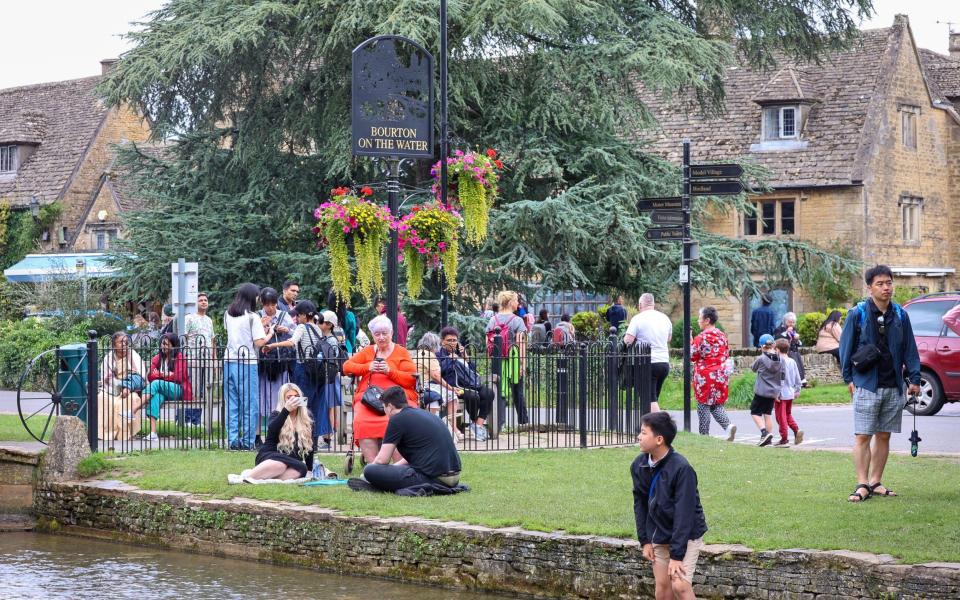

To a certain kind of imagination, the Cotswolds are the epitome of all that is rosy, comforting and harmonious about rural Britannia. The creamy stone, the nimbyesque perfection and the grandiosely landscaped opulence elicit swooning sighs of envy and aspiration, leaving smartphones dangling from car windows.
Bourton, along with Bilbury and Castle Combe, regularly makes headlines for its overtourism meltdown. This year the problem has been exacerbated by the decision of the owners of the Bourton Vale car park to stop taking coaches. But the big, shiny barges, each carrying twenty-three or more stiff-legged, tea-hungry visitors, still stop by.
Bourton’s population is just over 4,000 residents; around 238,000 people visit each year. Promoters used to call Bourton the “Venice of the Cotswolds”. That’s true now in more ways than one. Cotswold District Council (CDC) has tried a variety of measures. In March 2021, it started charging an extra 50p for parking in its Rissington Road car park. That raised £62,000. Maybe that could have cost a few more spaces?
Alternatives: North Wessex Downs, Shropshire Hills, Wye Valley.
Kettlewell, Yorkshire Dales – all roads lead nowhere
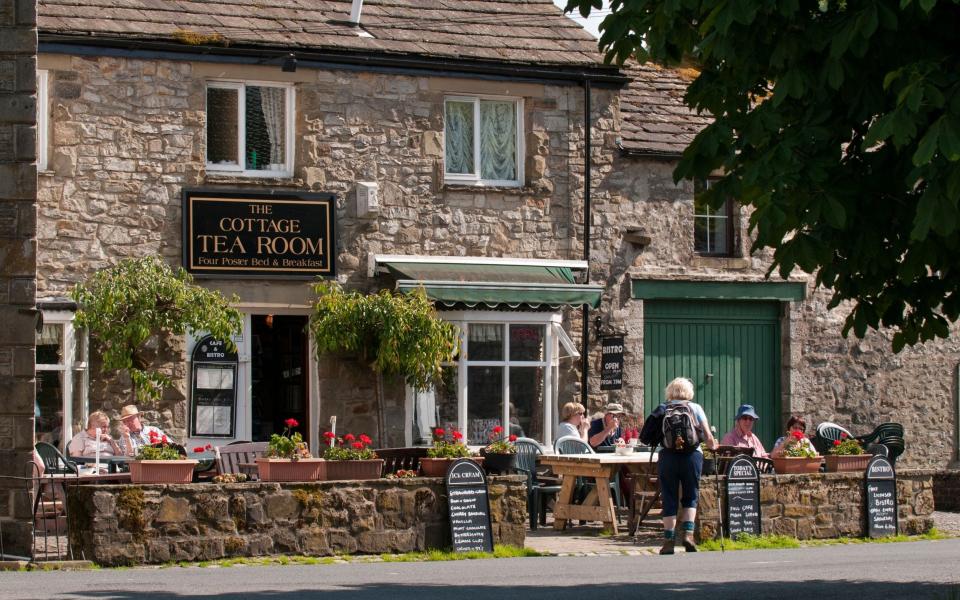

Have previous tabloid headlines about Kettlewell being “overrun by tourists flocking to eat and drink” led to a rush of more people wondering what they were missing? Perhaps. FOMO (fear of missing out) is perhaps the great disease of the social media age. For some people, being able to share in the dramas of overtourism really does matter.
The village has a population of around 300. It is virtually nowhere else on the map and is one of those classic Yorkshire hamlets where three or four country lanes meet to form a bridge or two, a pub or two, a youth hostel and a small car park. Dales villages are simply too small for modern tourism. More than five cars and people start crashing into each other. There is nowhere to go really, except back to the pub or up to the bridge for another you-and-the-river shot.
Alternatives: the Lancashire Dales, such as Roch of Rossen; great walking, industrial history, less pretentious.
Glencoe, Highlands – Campervan Chaos


Scotland has been distilled more carefully by its marketers than its whiskies by their gifted makers. Tourists from all over the world happily skip the Lowlands, Dumfries and Galloway, the sunny east coast, even the dramatic mini-Patagonia of the Flow Country, to congregate, with their campervans and bikes, backpacks and SUVs, cameras and Braveheart quotes, at a handful of West Coast honeypots. These are the Highlands as high points, where ticking boxes is more important than tick repellent.
Glencoe, with a permanent population of just under 400, is the Ur-destination for those who want to keep their holiday research, their experience and their explorations to the bare minimum. Bus tours arrive every few minutes at peak times. The Three Sisters car park down the road is full of narcissists with selfie sticks.
Alternatives: Caithness and Sutherland – further north, wilder, more original. Who needs Harry Potter when you can have Macbeth?
Salcombe, South Devon – Londonisation gone mad
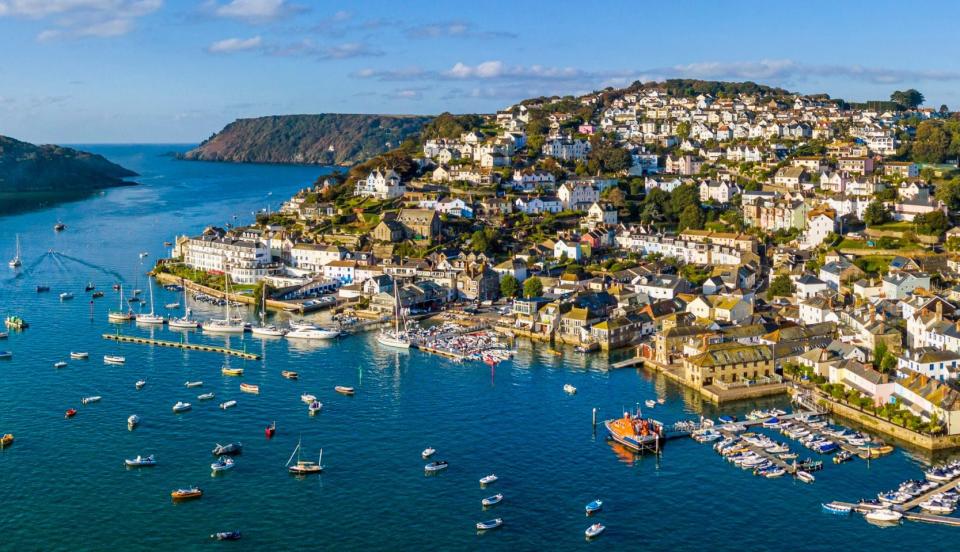

Town or city? With a population of around 1,900, Salcombe is on the edge, and also on the verge of total meltdown. It is the nature of seaports – this was once a place for fishing, shipbuilding and piracy – that they end at the sea. And because Salcombe is an estuary, every car that enters has to park or turn around. On a bad day – Saturdays, Sundays, summer weekdays – the centre is a constant stream of muscular SUVs and electric cars, sports cars and the occasional sunroofed MG flapper – all driving around like drones or mad ants. Narrow streets, over-building – compounded by the explosion of a second home – turn what could have been a beautiful little paradise into a miniature suburban hellhole.
For 70 years, from 1893 to 1963, there was a train that ran from Totnes to Kingsbridge; there was a plan to extend it to Salcombe. If only Beeching had been a builder and not an axe-wielder. Don’t buy the hype. Salcombe is not a yachting town; it’s a car town. The Harbour Beach Club & Hotel charges £600 for B&B and a sea view in August. The market for that is London, nowhere else.
Alternatives: Totnes, Kingsbridge and Plymouth – spacious, rich in history, with competitive prices for food and accommodation.
Robin Hood’s Bay, North Yorkshire – Small is not so beautiful
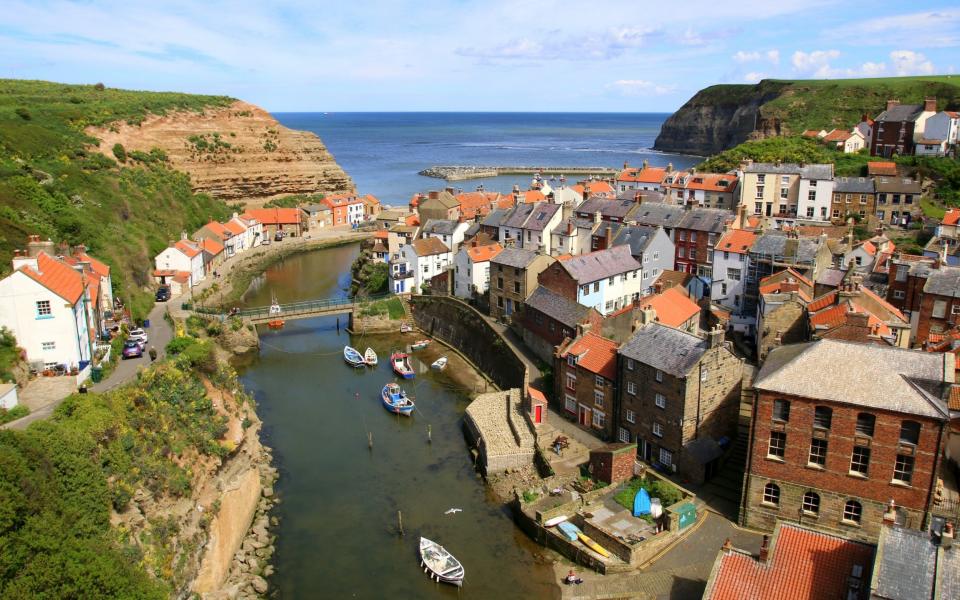

This small, pretty village of around 1,200 simply doesn’t have the space to accommodate more visitors. The appeal is obvious. Yorkshire is a large county and the west and south are mainly damp hills, towns and former mill towns, while the East Riding is plains, fields and barrack towns. The North Sea coast serves a large local population and Robin Hood’s Bay is a particularly picturesque option.
Anyone driving around the North Yorks Moors or staying in Scarborough or Whitby – the latter with its own overtourism problems – can easily skirt the coast to take in the sandy beaches, the crumbling cliffs, the 15th-century St Stephen’s Church, the old Coastguard Station and the picturesque terraces – increasingly bought up by non-locals. Too small, too picturesque, too pretty for their own good.
Alternatives: Seaham, Seaton Carew, Saltburn-by-the Sea, Staithes and other northern points.
Knutsford, Cheshire – Ballardian car accident


This prosperous little town in rural Cheshire attracts many visitors, mainly from less-des-res towns elsewhere in the area – Crewe, Warrington and Macclesfield are easy sources of twee-quaint lifestyle hunters. Knutsford has associations with Elizabeth Gaskell and its high street is a real contender for the national list of listed buildings – with crooked Tudor, understated Georgian and Victorian townhouses. There are plenty of places to eat well and drink fine wines and spritzers. The shops are in a class of their own.
Knutsford’s biggest problem is not the people, but the cars. Huge cars are parked along one side of the one-way street. The other side is occupied by a constant stream of equally huge cars, vans and lorries. The pavement on that side, regularly swamped by huge tyres, is truly dangerous. Knutsford should spend some of its considerable council tax income on an out-of-town car park and free up its beauty for all to enjoy.
Alternatives: Tarporley, Sandbach, the “Wiches” and Chester for food and shops.
Padstow, Cornwall – gastrodystopia
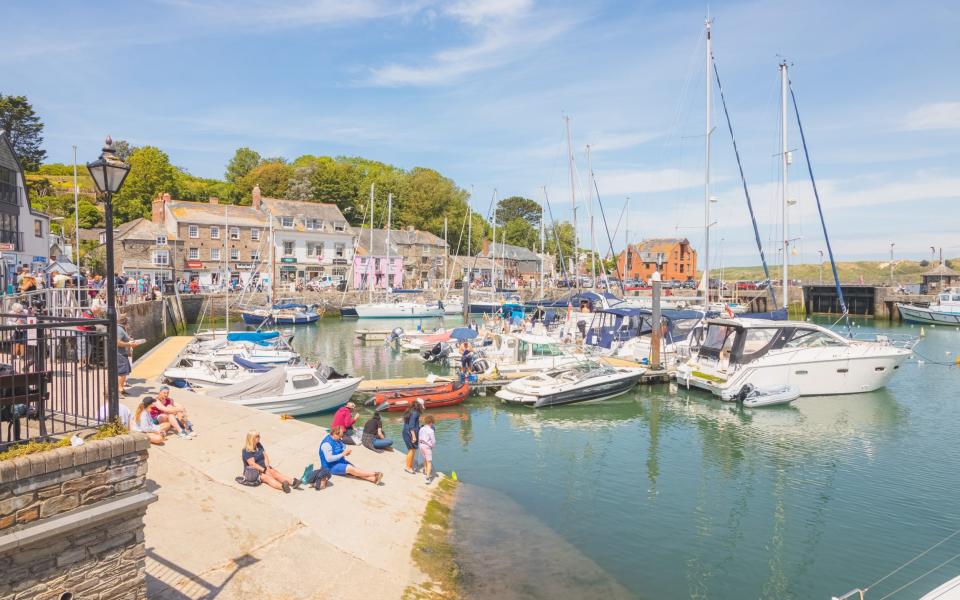

Sorry to repeat this mouldy chestnut, but Cornwall continues to score top for overtourism. St Ives is an ungodly stream of summer visitors. Mousehole is untidy with ill-tempered residents. And Padstow, well, that just goes to show the trouble people will put themselves through for a bag of celebrity fish and chips.
The traffic of people and cars never stops. Out of season, late at night or on bad weather days, the place returns to a semblance of normality, but Rick and those who have followed in his wake have turned the most famous foodie destination in the southwest into a windy Benidorm.
Alternatives: Camborne and Redruth: two authentic Cornish towns with train stations, history, pub food, delicious pasties, museums and the coastal path and beaches a short drive or bus ride away.